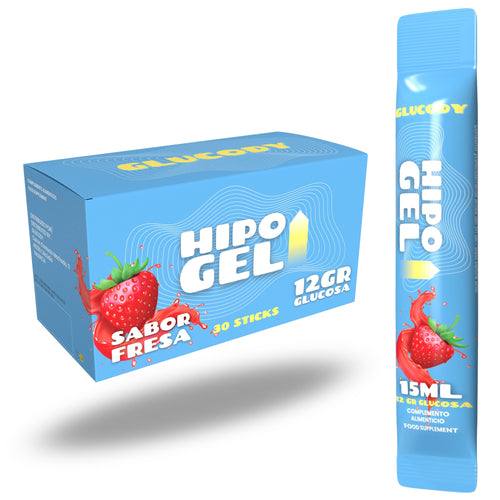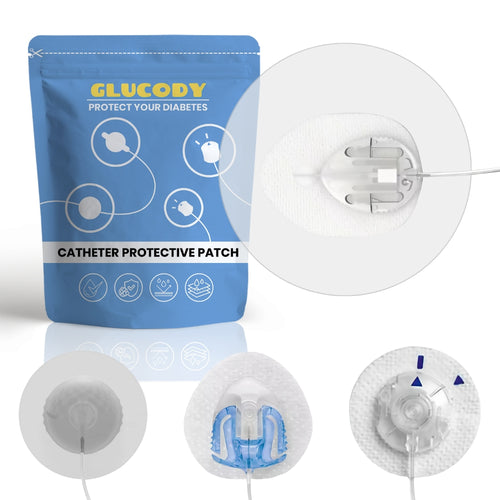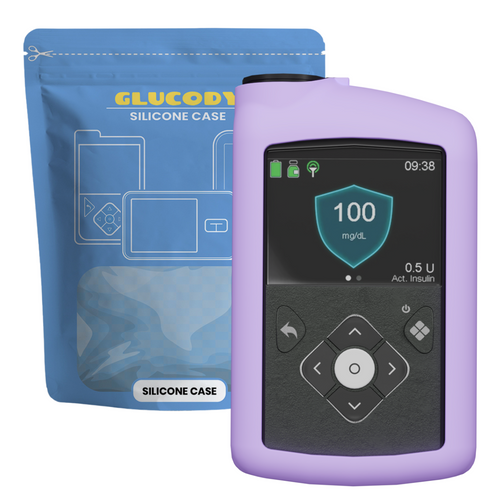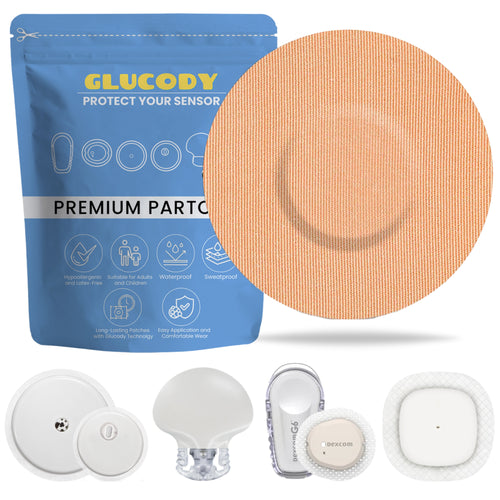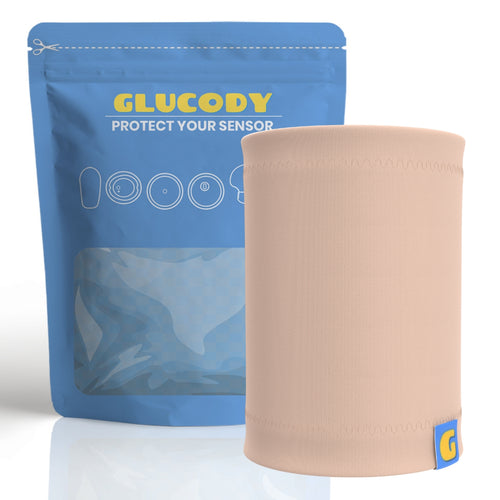In the era of health technology, diabetes management has taken a significant leap forward with the arrival of glucose monitors. These innovative tools have not only transformed the way people monitor their blood sugar levels but have also improved their quality of life. But do you know anything about the diabetes monitor , how to use it, for example, or how it works?
In this article, we'll explore everything you need to know about diabetes sensors: from their proper application to the advantages they provide in daily diabetes management. If you're looking for a more efficient and less invasive alternative to traditional methods, read on to discover how this technology can be your greatest ally.
What is a diabetes sensor and how does it work?
A diabetes sensor is a medical device designed to measure glucose levels in real time. It offers a more comfortable and less invasive alternative to traditional finger pricks. This small device, which is usually attached to the skin, uses advanced technology to continuously monitor glucose in the interstitial fluid (the fluid that surrounds cells), providing accurate and up-to-date data throughout the day.
How does it work?
The sensor consists of a very thin filament that is inserted just under the skin, usually in the arm or abdomen. This filament measures glucose levels in the interstitial fluid and sends the information to a receiving device, such as a smartphone or specialized monitor, via a wireless connection.
Some models even allow you to view data in real time and send alerts if glucose levels are too high or too low, helping you make quick and effective decisions about diabetes management.
How do I put on the diabetes sensor?
If you want to know how to install a diabetes sensor , installing these devices is quick and easy. Below, we explain the basic steps:
- Clean the application area : The sensor is usually placed on the back of the arm or abdomen. It's important to thoroughly disinfect the skin to prevent infection.
- Prepare the applicator : Most sensors come with an applicator that helps insert the filament under the skin painlessly.
- Place the sensor : Using the applicator, press firmly on the skin until the filament adheres.
- Secure the sensor : Some sensors require additional adhesive or a protective patch, such as those from Glucody, to keep it in place.
- Activate your sensor : Depending on the model, it may take a few minutes or up to an hour for your sensor to start sending readings. At Glucody, you can find protective patches specially designed to keep your sensor secure and in place during daily use.

Freestyle Libre: One of the best options in glucose sensors
One of the most well-known and widely used devices in the world of diabetes is the Freestyle Libre . This sensor allows you to monitor glucose in real time without the need for constant pricking. Its most advanced model, the Freestyle Libre 2 , offers alerts in case of high or low blood sugar levels.
Both the Freestyle Libre and Freestyle Libre 2 have revolutionized glucose monitoring, giving patients greater peace of mind and control over their health.
What advantages does a glucose sensor have over a traditional glucometer?
Using a no-prick glucometer like the Freestyle Libre has several advantages over traditional meters, including:
- Less pain : No need to prick your fingers several times a day.
- Real-time readings : Allows for continuous and accurate monitoring.
- Greater comfort : Can be worn while performing daily activities.
- Better diabetes control : Allows for the detection of trends and prevention of hypoglycemia or hyperglycemia.
If you're looking for a more practical and modern blood glucose meter , a diabetes sensor is undoubtedly the best option.
Who can use a glucose sensor?
The sugar measuring device with sensor is an excellent option for:
- People with type 1 and type 2 diabetes who want to monitor their glucose continuously.
- Patients seeking to avoid frequent finger pricks.
- Athletes with diabetes who need to measure their blood sugar levels at different times of the day.
- Children and adolescents with diabetes who require more comfortable and less invasive monitoring.

If you're looking to improve your quality of life with diabetes, a no-prick glucometer may be the ideal solution.
What are glucose sensor patches?
Glucose sensor patches are adhesive accessories designed to secure and protect continuous glucose monitoring (CGM) sensors to the skin. These patches serve an important function, helping to keep the sensor in place throughout the entire period of use, which is typically 7 to 14 days, depending on the model.
Features and benefits:
- Secure Fit : The patches are made of hypoallergenic materials and soft adhesives that adhere firmly to the skin, preventing the sensor from accidentally coming off, even during physical activity, sleeping, or showering.
- Additional protection : They act as a barrier that protects the sensor from bumps, scratches or entanglement with clothing, which can extend its lifespan.
- Comfort: Its flexible and breathable design adapts to the skin, reducing irritation and allowing a more comfortable experience for the user.
- Customization : Many patches come in different colors, designs, and sizes, allowing you to customize their look and fit your style.
Equip yourself with the best diabetes products at Glucody
Using protective patches is key to keeping your sensor in place and preventing it from becoming detached due to movement or sweat. At Glucody, you can find a wide variety of patches specifically designed to protect your blood sugar meter . These patches not only extend the sensor's lifespan, but also come in different colors and designs so you can customize your device however you like.
Don't let diabetes limit your daily life. Discover the best glucose sensor technology and equip yourself with the best products for your care. Visit Glucody today and protect your sensor in the best way!


